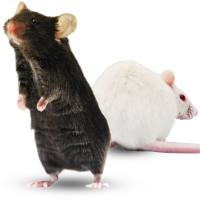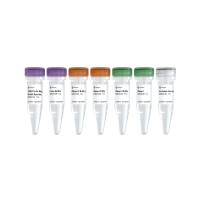Analyzing Chemotaxis Using Dictyostelium discoideum as a Model System
互联网
458
Dictyostelium discoideum
are simple eukaryotic amoebas that when starved of a food source have the remarkable ability to spontaneously aggregate and differentiate to form a cluster of spores on top of a stalk of vacuolated cells (
see
Fig. 1
and
ref.
1
). The process of aggregation, although quite fascinating to simply observe, has proven extremely powerful for the molecular dissection of chemotaxis signaling pathways. Mechanisms of chemoattractant sensing discovered in
D. discoideum
have been tested in higher eukaryotic systems and were found to be strikingly similar (
2
). In particular, a paradigm for directional sensing has been derived from studies in
D. discoideum
(
3
).
Fig. 1
Dictyostelium discoideum
development. Development on development buffer (
see
Subheading 3.2.1.
) agar at 0 h (
A
), 7 h (
B
), 24 h (
C
), and 24 h, 10 times higher magnification (
D
) after plating. Wild-type plaque (
E
) and aggregation-deficient plaque (
F
) on Sm/KA plates after 5 d.








